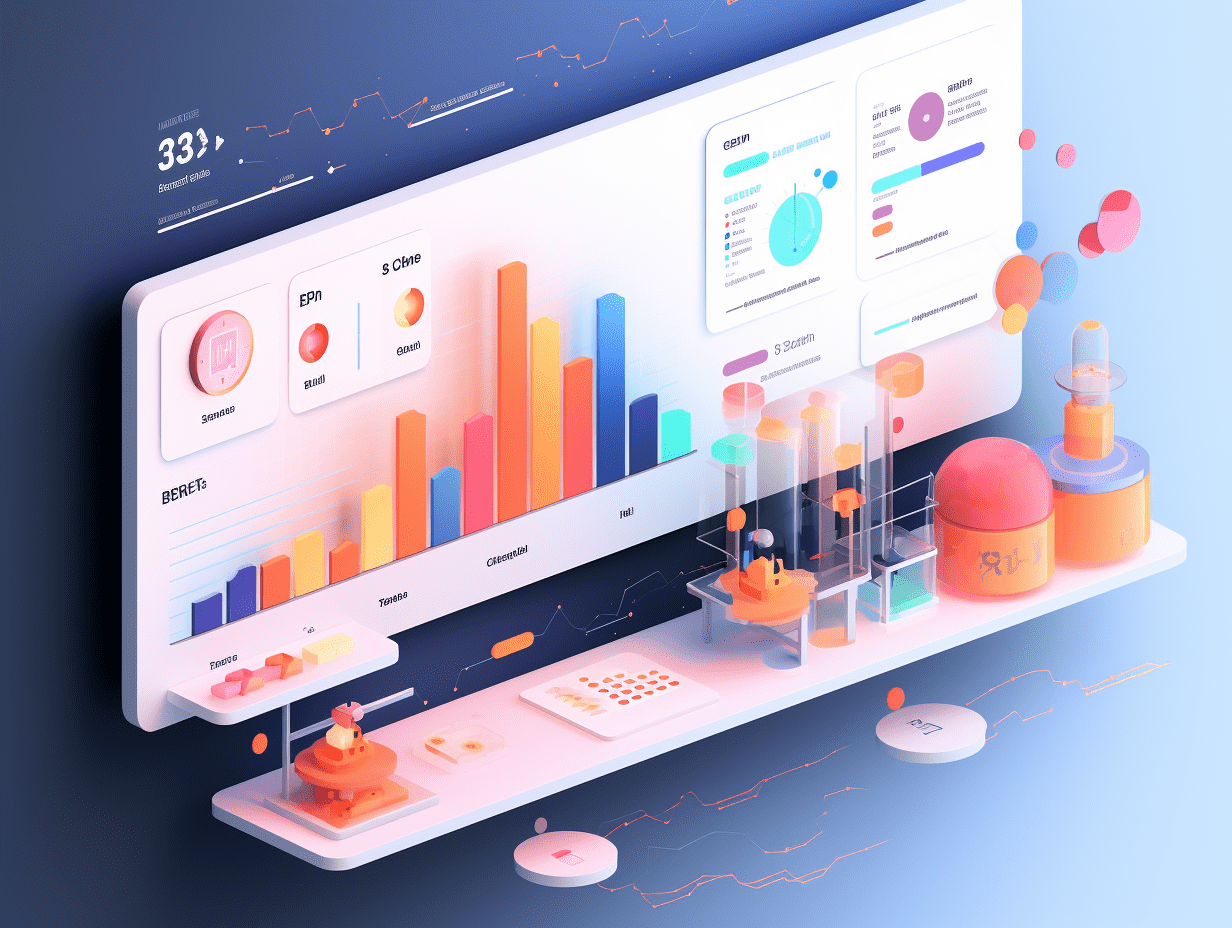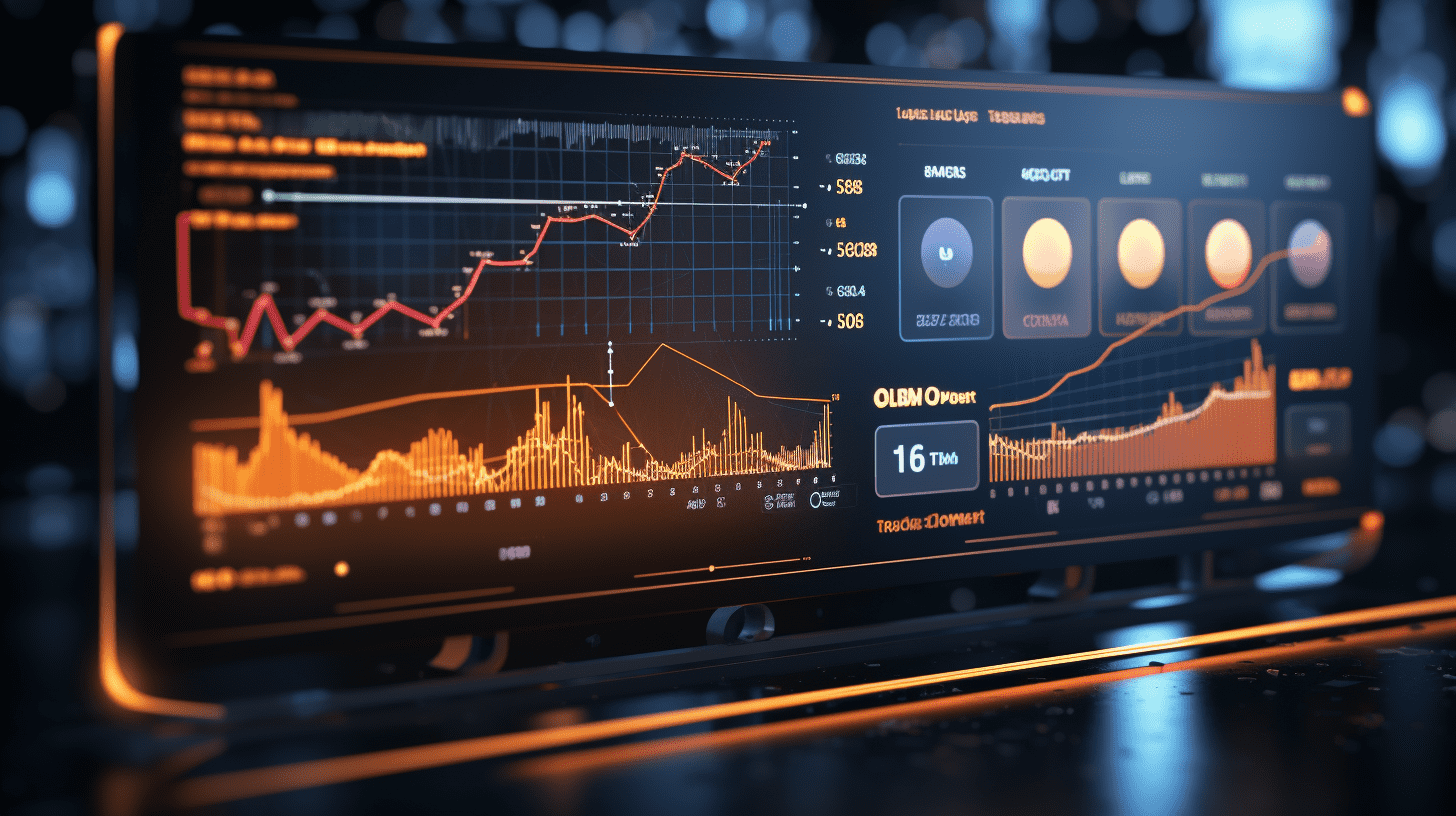
Guotai Junan: Risk hedging needs and the transformation of the US dollar credit system are reshaping the gold pricing mechanism.
Guotai Junan released a research report stating that the relationship between gold prices and interest rates is undergoing a paradigm shift, and the demand for risk hedging and the transformation of the US dollar credit system are reshaping the gold pricing mechanism. Gold has led major asset classes with a rise of over 26% so far this year. Since the Federal Reserve's interest rate hike cycle in 2022, the traditional negative correlation between gold prices and US Treasury rates has significantly reversed, surpassing theoretical pricing levels. On one hand, rising inflation coupled with escalating geopolitical conflicts has increased the value of gold as a safe haven; on the other hand, the trend towards deglobalization and the increase in US debt are driving the transformation of the international monetary system towards multipolarity. Central banks have been net buyers of gold for two consecutive years in 2022-2023, purchasing over 1,100 tons each year, highlighting a reassessment of the strategic value of gold.
Key points from Guotai Junan are as follows:
The pricing system of gold is based on its unique dual attributes.
Gold has dual attributes of currency and precious metal. As a currency, its supply is relatively rigid and not affected by sovereign credit expansion; as a precious metal, it is widely accepted as "hard currency" globally. These dual attributes make gold exhibit characteristics of anti-inflation and anti-credit risk in relation to the US dollar, while also giving it a natural hedge function. Based on this, the bank believes that the pricing framework of gold consists mainly of three core dimensions: inflation effect, fiscal credit, and risk factors.
Specifically, the inflation effect manifests as the relative appreciation of gold when the US dollar's purchasing power declines internally; the fiscal credit dimension is reflected in the significant positive correlation between the price of gold and the US federal deficit rate, with sustained fiscal expansion potentially triggering a "de-dollarization" process, increasing the value of gold as an allocation; and risk factors mainly stem from uncertainties driven by geopolitical conflicts and social unrest that create a demand for safe havens.
The paradigm shift in the relationship between gold prices and interest rates reflects macro structural changes.
Since the beginning of the year, gold has performed exceptionally well among major asset classes with a rise of over 26%. Under the traditional theoretical framework, gold prices are primarily driven by holding costs, exhibiting a significant negative correlation with the real yield of the ten-year US Treasury. However, since the Federal Reserve began the interest rate hiking cycle in 2022, this negative correlation has significantly reversed, with current gold prices well above the theoretical level implied by real rates. The bank believes that this trend essentially reflects the structural impact of the accelerated transformation of the macroeconomic paradigm in the post-pandemic era, and traditional gold pricing models may undergo recalibration.
Risk hedging demand and the transformation of the US dollar credit system are reshaping the gold pricing mechanism.
Firstly, under the new paradigm of rising inflation and escalating geopolitical tensions, the systemic allocation value of gold as a safe haven asset has significantly increased. Especially against the backdrop of ongoing conflict between Russia and Ukraine and turmoil in the Middle East, the market's recognition of gold's safe haven attributes has further increased. Secondly, the trend of deglobalization and the process of de-financialization are driving the evolution of the international monetary system towards multipolarity, exacerbated by the continuous increase in US debt levels leading to a relative weakening of the US dollar's reserve currency status.
During this transition period, gold is expected to become a core vehicle for physical asset flows and establish a key position in a multipolar currency system. This trend is fully confirmed by central bank actions: global central banks have been net buyers of gold for two consecutive years in 2022 and 2023, with purchases of 1,135 tons and 1,100 tons respectively. By May 2024, the People's Bank of China has been increasing its gold reserves for 18 consecutive months. The ongoing demand for gold purchases by central banks highlights the reevaluation of the strategic value of gold allocation by countries and has become one of the core factors supporting gold prices. In summary, the essence of gold's excellent performance this year lies in its ability to resist risk and the weakening of the US dollar credit system.
Recently, the negative correlation between US bond yields and gold prices has returned.
Last week, the dust settled on the US presidential election, with market trading focused on the prospect of "Trump 2.0", which was seen as a major positive for US stocks and the US dollar. US Treasury yields also remained high, with the ten-year US bond yield maintaining above 4.400% as of last Wednesday. However, for gold prices, which have been rising for a year, they fell in response. Since November, the spot gold price has dropped from a high of $2,790.070 per ounce to around $2,600 per ounce as of the end of this week.
The bank believes that the recent decline in gold prices reflects a return to the inverse relationship between gold prices and US Treasury bond yields. Normally, US Treasury bonds, like gold, serve as safe havens, so they compete with gold. In addition, an increase in US Treasury bond yields often indicates confidence in the economy or a decrease in market risk aversion, which is not favorable for gold. One of the important reasons for gold's strong performance in 2024 is the continuous improvement in its safe haven attributes in a global context, with the ongoing conflict between Russia and Ukraine playing a key role in this. After Trump took office, it would greatly favor the easing of tensions between Russia and Ukraine. Therefore, this is an important reason for the reversion of the negative correlation between US bond yields and gold prices.
"Trump 2.0," how will the future trend of gold prices be?
Considering the three factors affecting the trend of gold prices mentioned earlier (risk factors, inflation effects, and fiscal credit), the bank believes that the main factor influencing the trend of gold prices in the short term is the safe haven factor of global funds, as the tension between Russia and Ukraine is expected to ease, significantly reducing the pressure of safe haven funds flowing into gold. Moreover, the strengthening US economy is also increasing risk appetite for funds, reducing the demand for safe havens. However, in the medium to long term, with Trump's return to office, inflation and credit factors will become key factors supporting the continued strength of gold.
Firstly, as a hedge against inflation, gold is theoretically expected to benefit from the reflation expectations caused by "Trump 2.0" in the long term. Secondly, from the perspective of fiscal credit, gold has a stronger resistance to national credit risk compared to the US dollar. The expectations of tax cuts and a wide fiscal deficit created by "Trump 2.0" may increase the credit risk of US Treasury bonds to some extent. Continued fiscal expansion and rising deficits may exhaust the credit of the US dollar.
Based on these reasons, in the medium to long term, macro factors of "Trump 2.0" will not diminish the bullish factors of gold prices. The bank believes that gold has a clear long-term allocation value. Worth noting is that long-term risks may come from the(assigns or transfers) of the US.The breakthrough development of China's AI industry: If the United States can achieve reindustrialization and significantly increase total factor productivity by leveraging the AI wave, it will effectively alleviate inflation and fiscal pressures, thereby delaying the weakening trend of the US dollar's credit, which may become a key variable in intercepting the bull market of gold.Hola, cmo ests?
Hong Kong stock concept tracking | International tourism industry expected to achieve or surpass the scale of 2019 in 2024. Continued benefits for tourism OTA platforms (with concept stocks)
Hong Kong stock concept tracking|ALI HEALTH's mid-term performance exceeds expectations, the internet healthcare industry welcomes multiple marginal improvements (with concept stocks)
RECOMMEND
©️2013 - 2024 GMT EIGHT Holdings. All Rights Reserved.
Contact: contact@gmteight.com


